Have you ever heard of Jigoku-steam?
I experienced jigoku-Steam when I traveled to Kannawa in Beppu Onsen, Oita Prefecture a long time ago and fell in love with this healthy way to enjoy the flavors of the ingredients.
This was my second trip to Beppu and I stayed at the Daikokuya inn.
The inn has a rental room where you can freely use the hot springs and hell steamers, and the use of the Kamado is included in the accommodation fee.
It is not listed on other hotel reservation sites, so we recommend making an online reservation with Jalan!
What’s Jalan?
Jaran is Japan Hotels & Ryokan Booking Site!
It’s a common booking site in Japan.
For more information about the inn where we stayed this time, please refer to this page.
This article will provide recipes along with the actual dishes we made during our trip.
If you are a traveler staying two or more consecutive nights in Beppu Onsen, I recommend making a meal of steaming hell in the Kannawa area!
What is Jigoku-Steam?
Jigoku means “hell” in Japanese.
This cooking method utilizes the heat from the high-temperature steam emanating from the hot springs and has been used in Beppu since the Edo period (1603-1868).
In this simple cooking method, ingredients are placed on a colander and placed in a “jigoku steaming kiln,” a kiln that emits steam at 100 degrees Celsius, and covered with a lid.
Because the food is steamed all at once with steam containing salt from the hot spring, excess fat is removed, making it healthy and sealing in the original flavor of the food.

it’s so healthy
Approximate steaming time
Easy Cooking
(1) Rinse ingredients that need to be rinsed in water!
(2) Cut off any unnecessary parts (hefty parts or threads)
※It is OK to steam as is without cutting
(3) Lay out the steamed items on a colander
(4) Put them in the steamer, cover with a lid and wait
(5) When removing the steamed items, use gloves or other protective clothing due to the high temperatures! 5!
(6) Eat them while they are still hot!
It is a simple dish to prepare as you would for a regular dish, just put it in a colander and steam it.
If you are not sure about the steaming time, you can ask the innkeeper or steam a little longer and see how it goes!
Ingredients for 2 nights and 3 days(solo female)

The timing of cooking with the Jigoku-steam as a process for this trip was 5 meals in total: 2 breakfasts, 1 lunch, and 2 dinners.
In addition to the photos, I cooked 2 cups of rice and steamed and heated it instead of lentils each time.
(I didn’t know if Saran Wrap was safe, so I brought a cookie sheet)
I went to the local supermarket and found so many ingredients that I thought, “This is absolutely delicious! I found so many ingredients that I honestly had enough for one extra meal.
I think it would be good to buy shishamo or fish paste for dinner if you are a person who drinks at dinner time!
I thought it would be fun if we could go with a larger group and eat different kinds of food.
(I wanted to eat seafood like shrimp and shellfish)
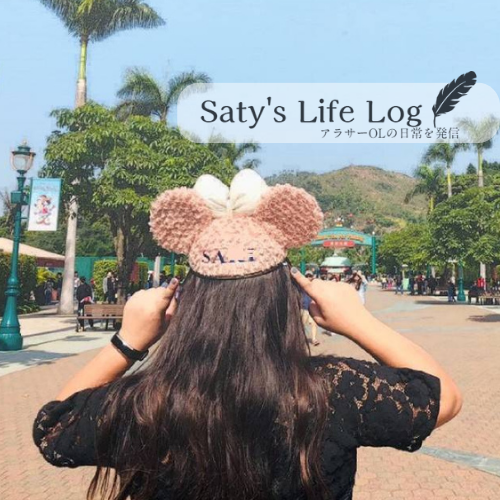
I cooked rice using a rice cooker, but it would be interesting to cook it in Jigoku-Steam!
Recipes for actual dishes
Pork
Pork belly was purchased and eaten on the first day and tasted so good that we bought the meat for shabu-shabu at a supermarket special when making additional food purchases. We ate it every single day.
The accompaniments are cabbage, bean sprouts, pea shoots, maitake mushrooms, and anything else you can think of.
Please eat it with ponzu (Japanese sauce made from soy sauce and citrus juice).

I’m still addicted to steaming them in a pot when I get home.
Chicken
I got the chicken wings. The meat was tender and even the cartilage was delicious!
The cooking time is a bit long, 20 minutes, so it would be better for those who have no patience to put it over the kettle with other ingredients (like pork) and wait for the chicken while eating the pork, etc.
This was also served with ponzu.

The synergy between the ponzu vinegar and the deliciousness of the ingredients is astonishing.
fish
This is the only seafood dish we had this time, and the one for which we would like to send the Grand Prize. I was able to get a fat horse mackerel for sashimi for 400 yen each, so we steamed it in hell. (I had a fat horse mackerel for sashimi for 400 yen, so I steamed it)
I laid out the horse mackerel on a cookie sheet, sprinkled dashi (in this case, kombu dashi) powder on top, and steamed it, resulting in a soup full of horse mackerel + umami ingredients.
I dobbed the rice I had refrigerated in the soup and served it ojiya style and was blown away by how delicious it was. I want to commend myself for bringing a cookie sheet and coming up with this cooking method.
I thought I could do this with other seafood as well, but I gave up on the dream this time due to lack of time. It is absolutely delicious even if you do it with shrimp or shellfish!

This rice porridge style something tasted better than I could have imagined.
Boiled egg and shaomai
You can’t go wrong with boiled eggs first. It has a slight saltiness to it and the taste is very satisfying.
The shaomai is just a chilled shaomai from the supermarket, but the skin is soft and fluffy inside, just like the ones you get at restaurants. I thought it was just the kind you eat at a restaurant.
This is just my imagination, but I think it would be the most powerful if I brought 551 Hourai. I also think it would be great if you brought some small packets.
Pork buns (frozen)
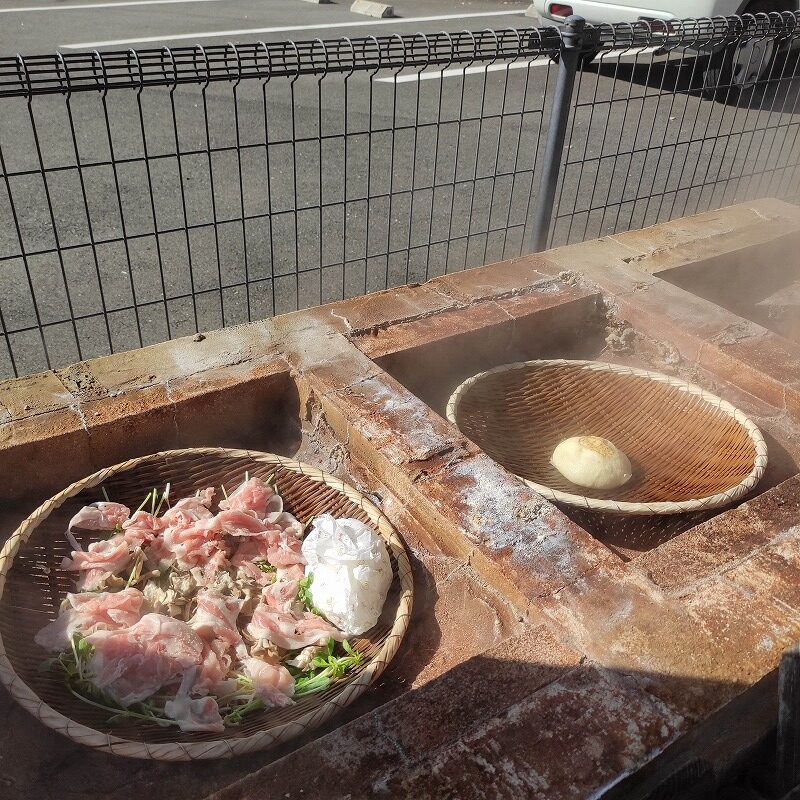
There is a famous pork bun shop in the Kannawa area, but unfortunately it was under renovation and the store was closed during my stay. Next to the shop, Kotobuki-san, a local food store, sold frozen pork buns (200 yen), so I tried steaming them myself!
The official website of Kannawa Pork Buns Honpo is here.
Since it was frozen, the steaming time was a bit long, but the filling was very tasty and the texture was very soft and flaky! However, if we Kansai people are honest, we can’t beat 551, so next time we will try 551 when we bring it.
summary
How was it?
I think eating restaurant food as a luxury trip to Beppu Onsen is a good choice, but this time I was able to cook this much and pay only 3,000 yen for the ingredients. Wouldn’t it be fascinating to be able to have a meal of your choice during your stay at a very inexpensive price, even if it is more extravagant such as crab or shrimp?
I was impressed by the original taste of the ingredients, and I was impressed by the food.
We hope you will refer to it when you travel to Beppu!

Check the condiments and utensils where you’re staying and go. Ponzu is a must with broth and cookie sheet! (And rice.)





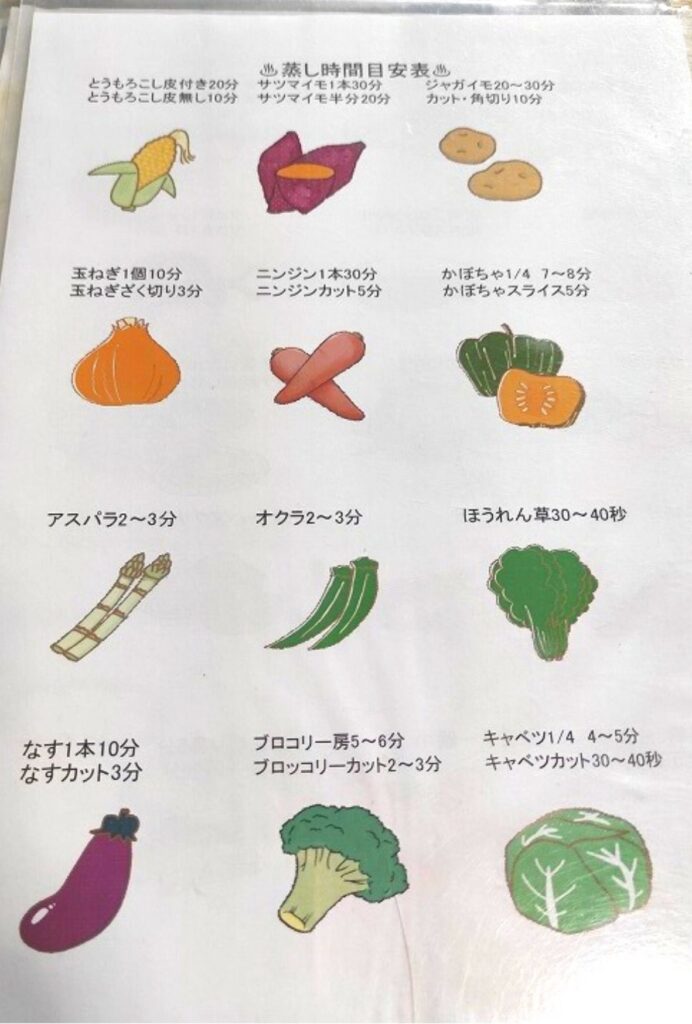
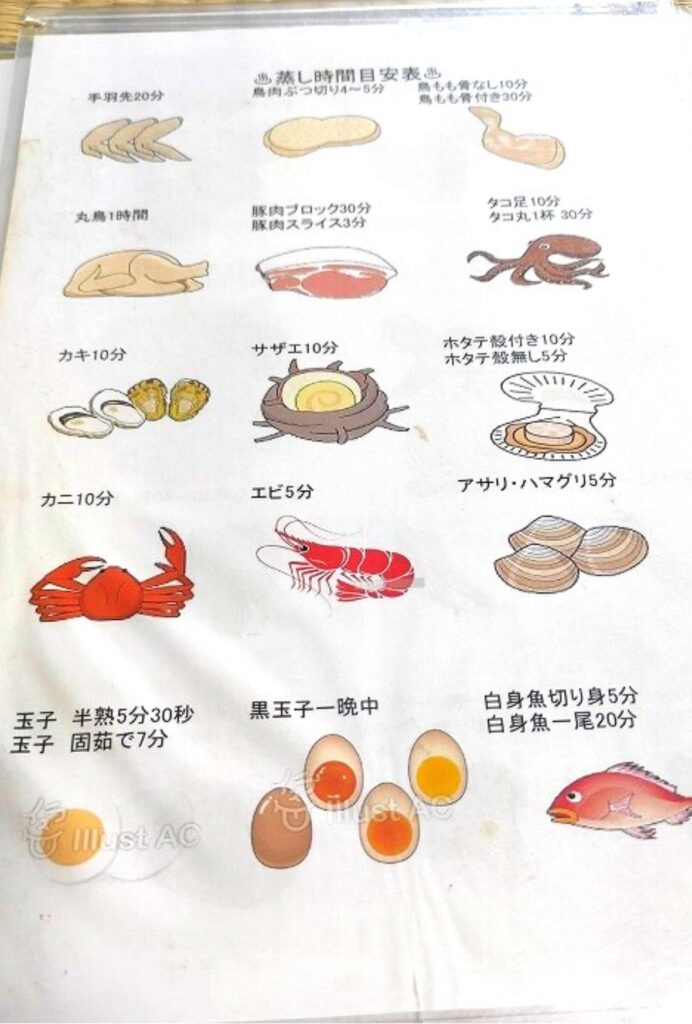
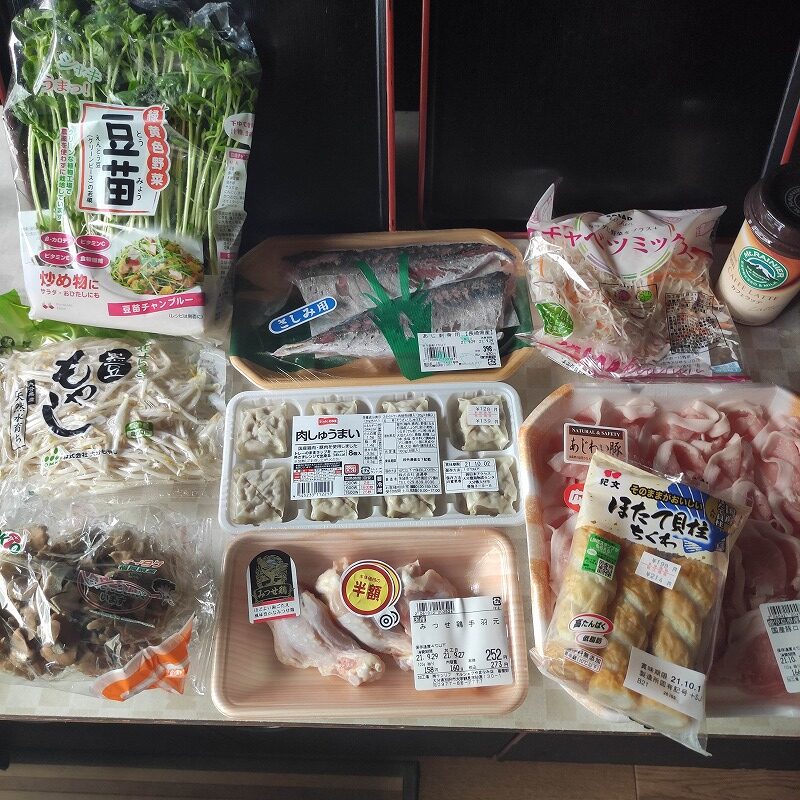
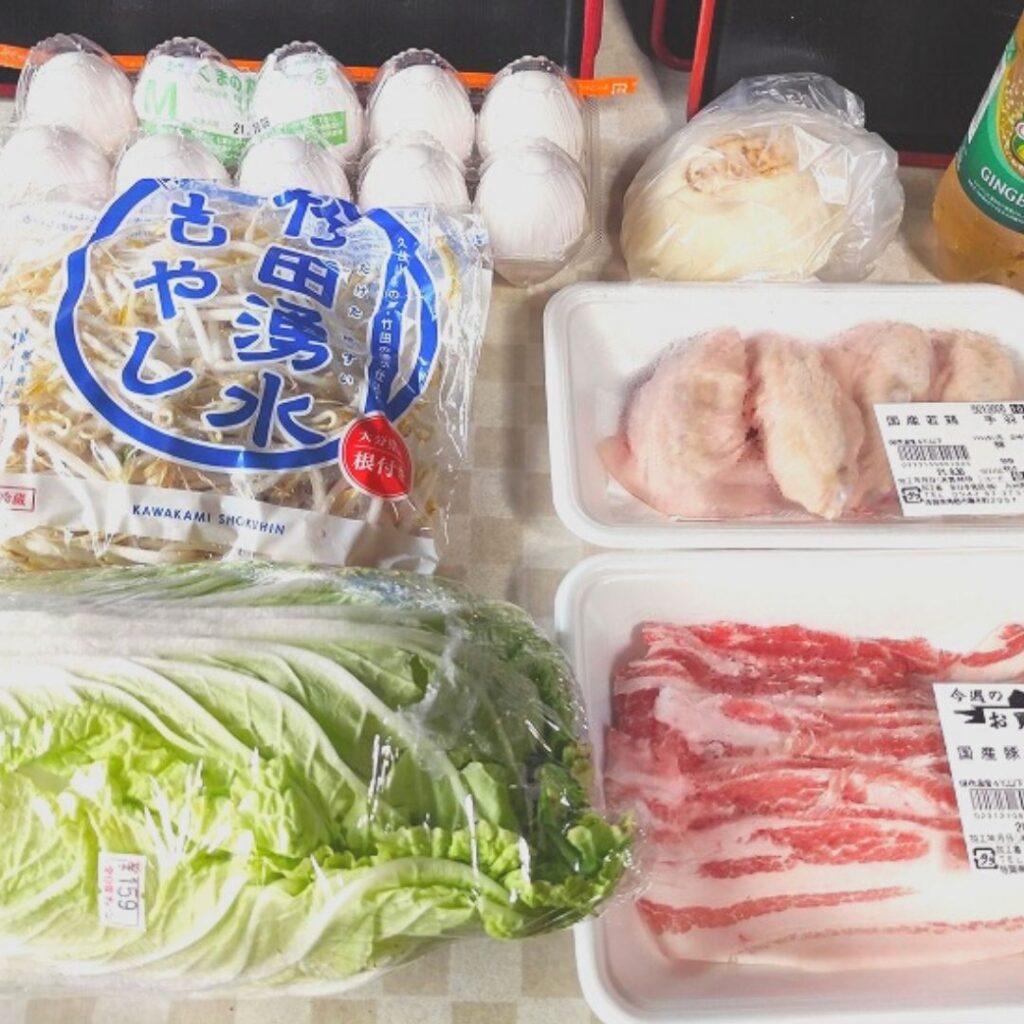
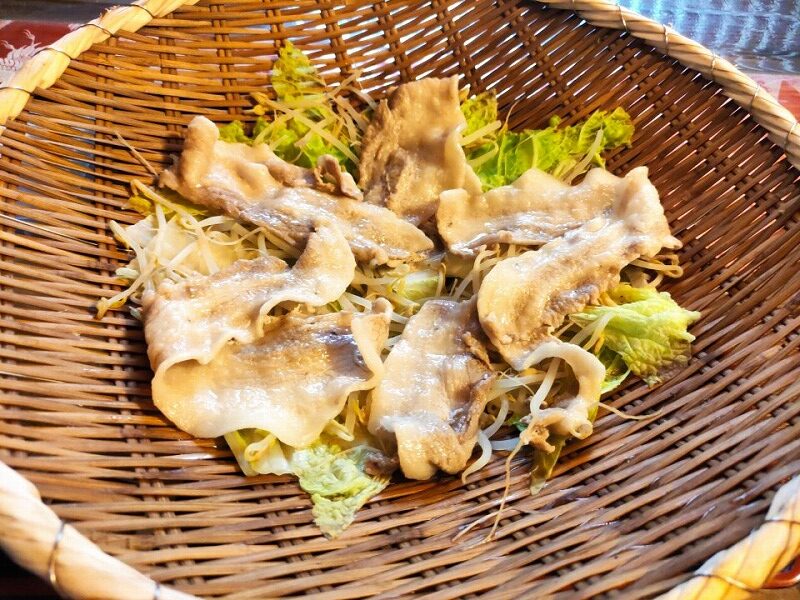
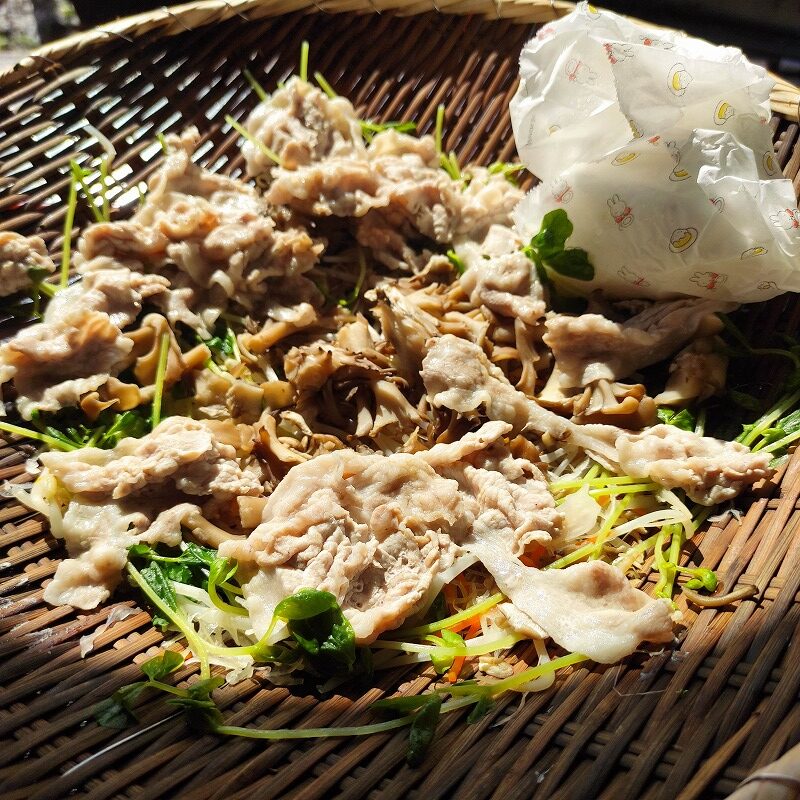
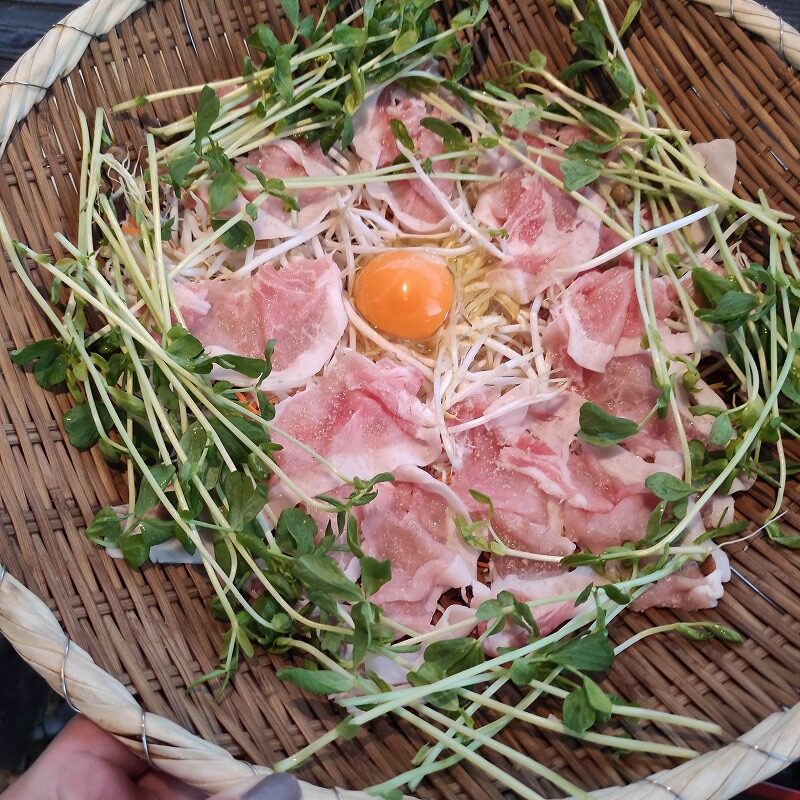

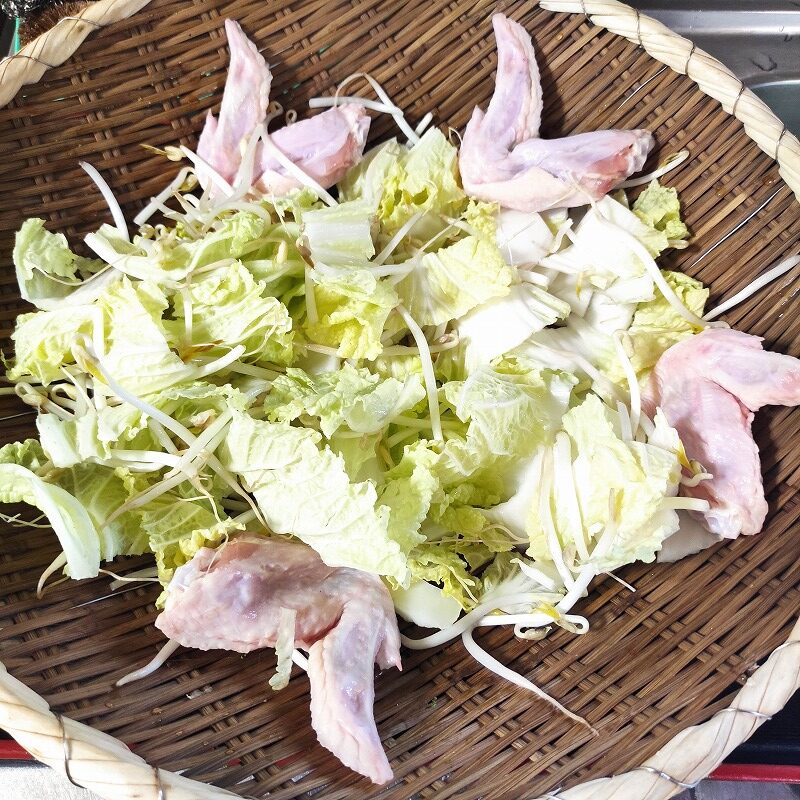
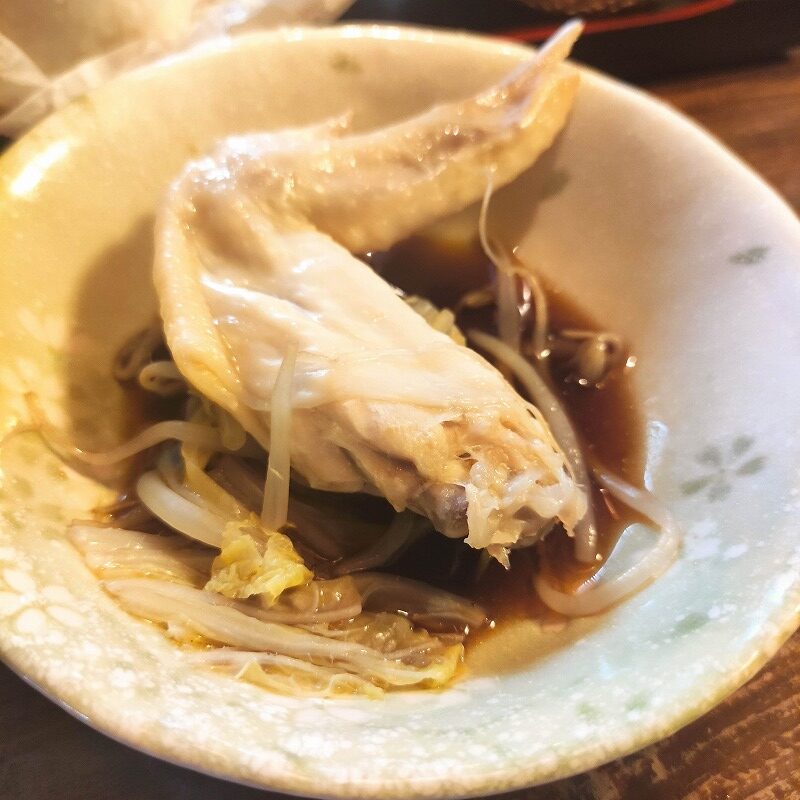

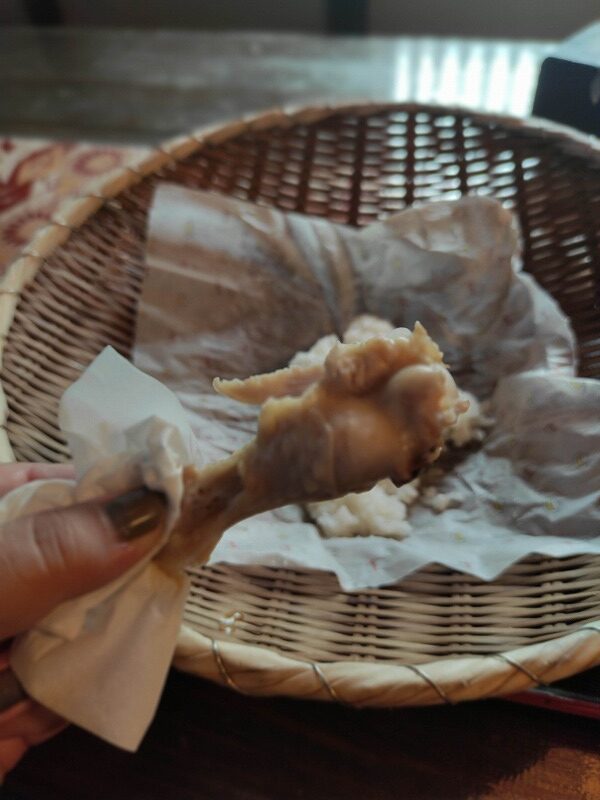
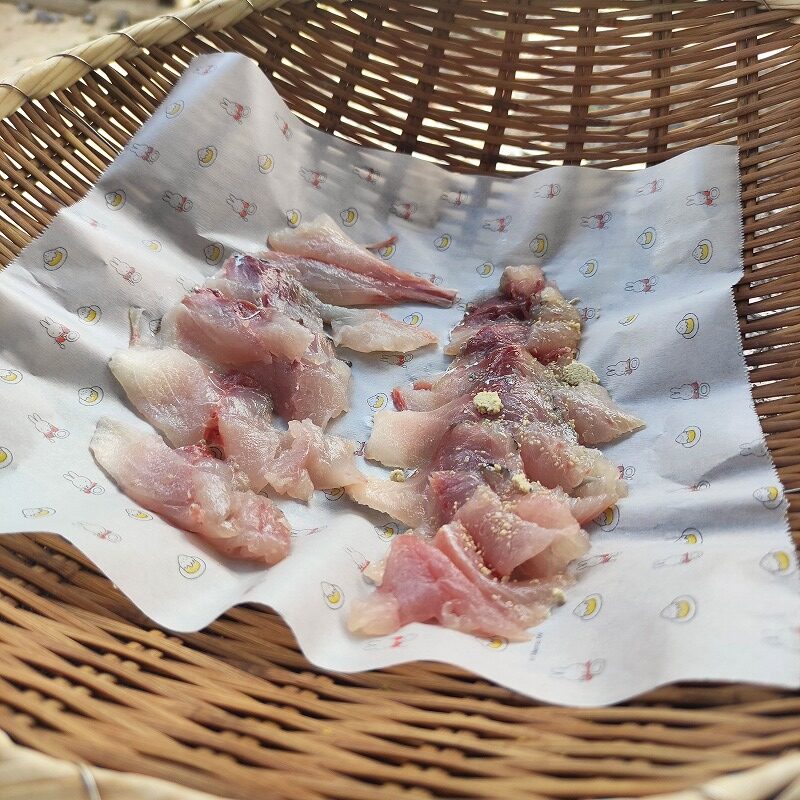



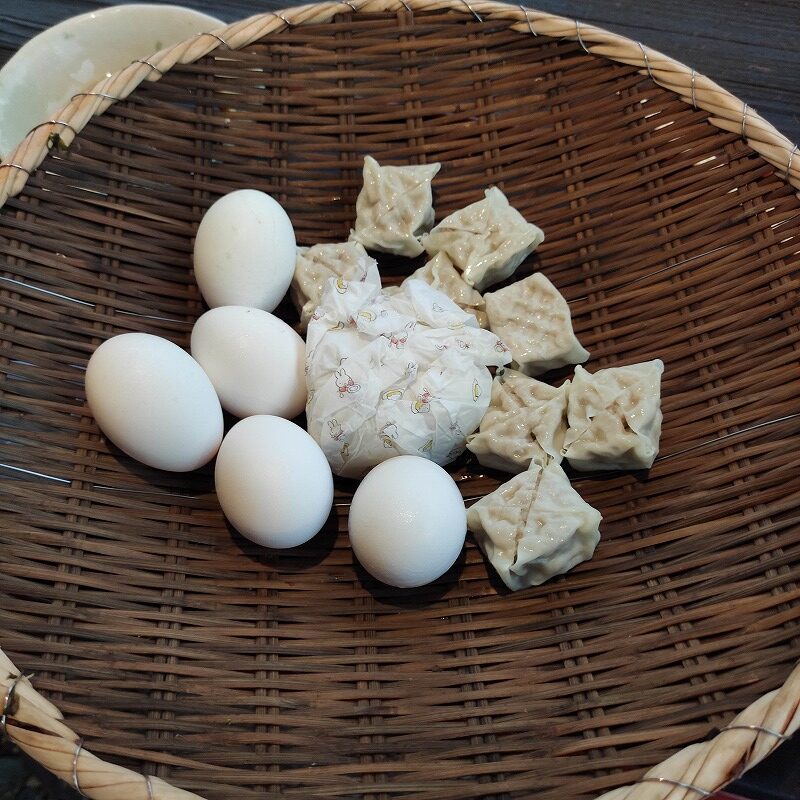
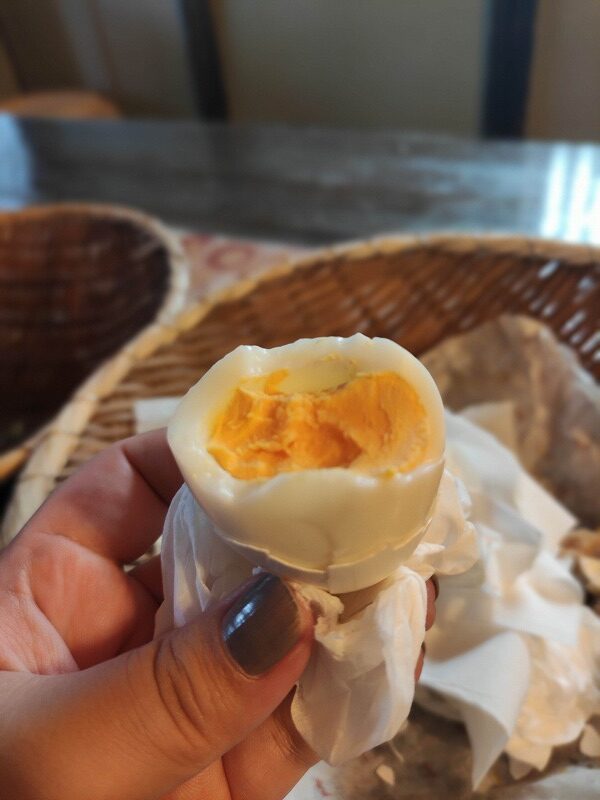
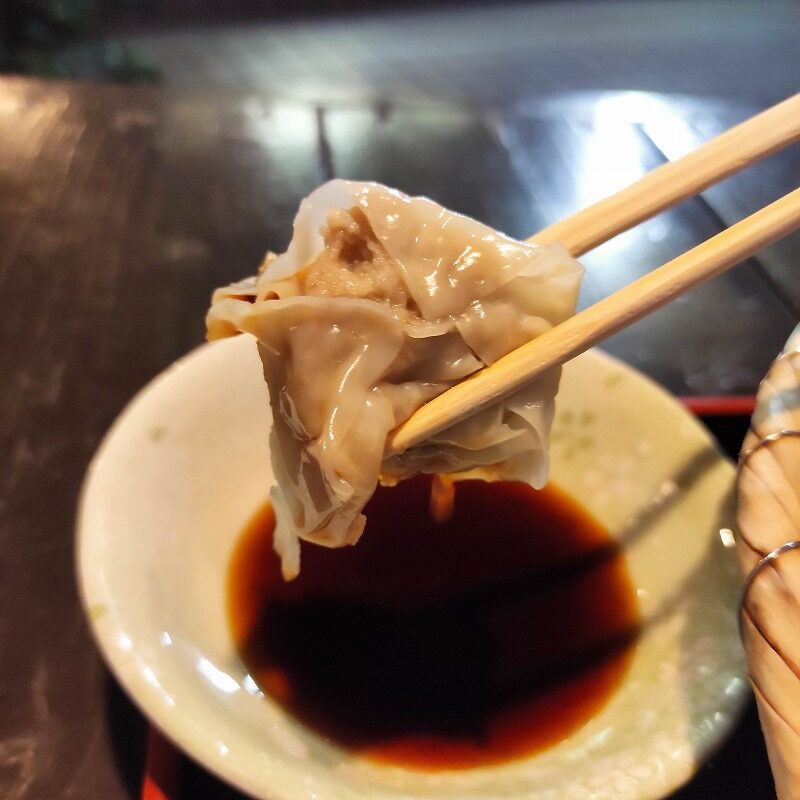
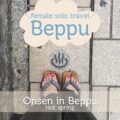

comment